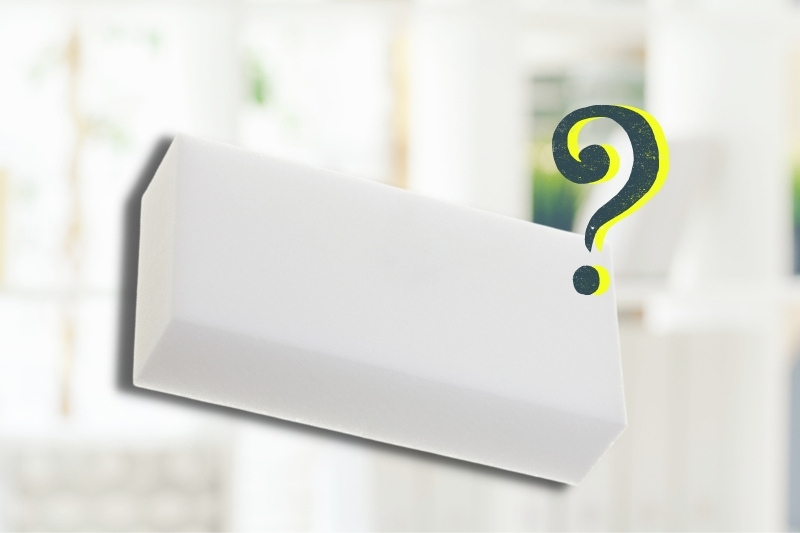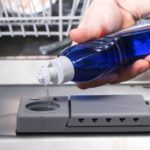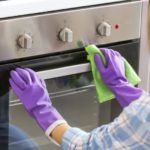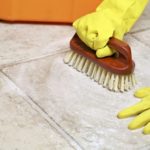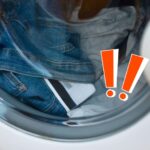Magic erasers seem truly magical! They seem to eradicate some of the grottiest patches of dirt in a home with ease, and they eliminate stains that can’t be taken out with a bit of soap and water.
So, what’s the secret behind these little erasers? Find out what’s in these magic erasers to make them work, below!
A magic eraser looks very much like an average sponge that you’d use to clean the dishes, but that’s where the similarities stop.
You see, a magic eraser is, in fact, actually made up of melamine foam.
Melamine foam, in a nutshell, is a porous material (it allows water to go through it), that’s made from a melamine-formaldehyde condensate.
Before finding a home in the cleaning industry, melamine foam was used extensively in the entertainment industry as a very cheap, but highly effective sound proofing material.
The foam, which is a very soft abrasive, is like an extremely fine piece of sandpaper. However, unlike sandpaper, melamine foam is super tough inside because of its strong porous microstructure.
When melamine foam is exposed to water, the air pockets that are inside the foam fill with water. This water provides support to the hard melamine fibers that give the foam its structure.
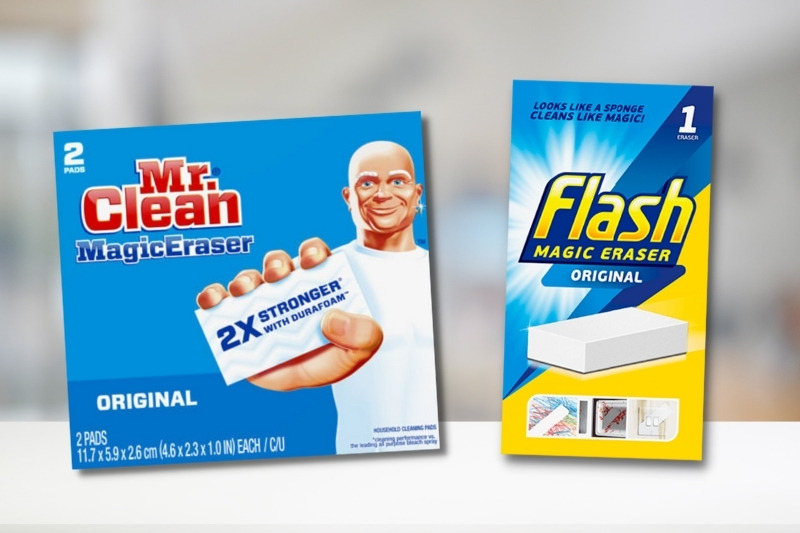
It is these supported, hardened melamine fibers that act as the abrasive that works tirelessly to remove the stains from the surfaces the magic eraser comes into contact with.
The main issue with using magic erasers is that they wear out very quickly as they get used, so you have to replace them regularly. They wear down in a very similar way to how a typical pencil eraser wears down with use.
If yours are wearing out and you need some replacements, see our guide to the best magic erasers available in the UK.
You may also find that as you use a magic eraser that it leaves behind a white residue on the surface you are cleaning.
However, this white substance is harmless and can be removed easily by rinsing it away with water, or wiping the area with a damp cloth.
Another problem with using a magic eraser is that you can’t actually use an eraser on every single surface. Magic erasers are known for leaving tiny micro-scratches on soft surfaces, like surfaces that are painted with gloss paint.
So, you’ve got to be very careful when using the eraser on such areas, as the eraser would likely scratch and cause irreparable damage.
If you absolutely must use a magic eraser on a soft surface, be sure to test the eraser out on a small out-of-site area first.

Bethan has a passion for exploring, reading, cooking and gardening! When she’s not creating culinary delights for her family, she’s concocting potions to keep her house clean!
